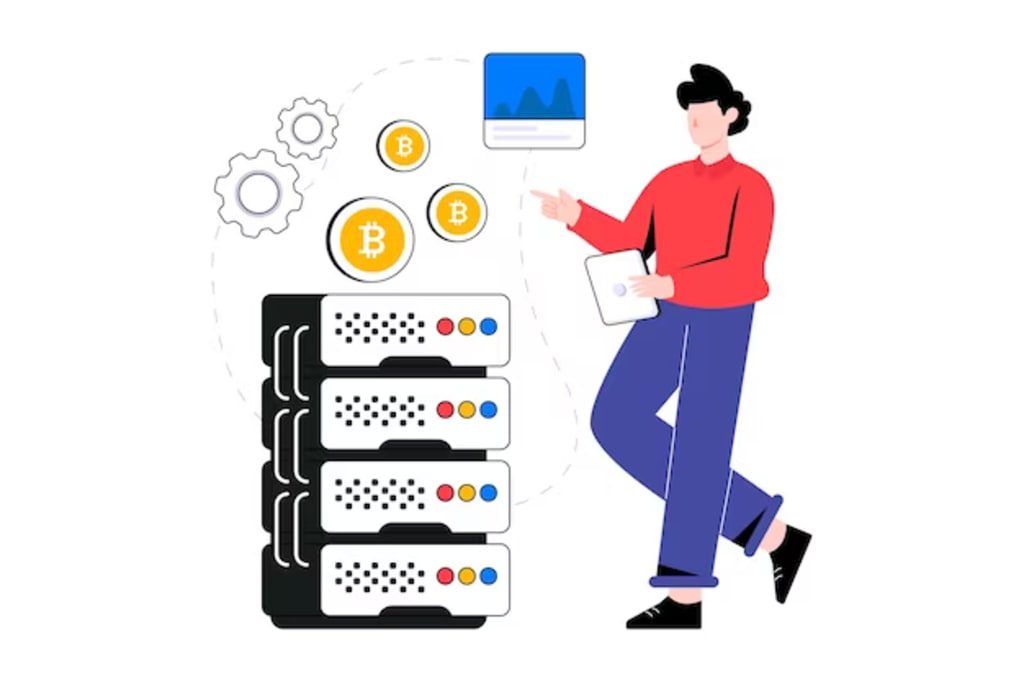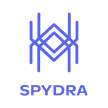
Asset tokenization has emerged as a significant trend in the world of finance and investment, allowing for the representation of real-world assets as digital tokens that can be bought, sold, and traded on blockchain-based platforms. This process has the potential to revolutionize the way we manage and trade assets, making it more efficient, transparent, and accessible.
Current Limitations
While asset tokenization has already opened up new investment opportunities, especially for retail investors, the current state of asset tokenization is still in its early stages, and there are limitations that need to be overcome. One of the main issues is the lack of a standardized infrastructure for tokenization, which has led to fragmentation in the market. Different platforms have different token standards, making it difficult for investors to trade across platforms. Additionally, many platforms still rely on centralized infrastructure, which raises concerns about security, control, and censorship.
The Future of Asset Tokenization: Decentralized Infrastructure
The future of asset tokenization lies in decentralized infrastructure, which allows for greater interoperability, transparency, and security. Decentralized platforms operate on blockchain technology, where transactions are recorded on a public ledger, making it immutable and transparent. This means that investors can trust that their investments are secure and transparent, with no risk of censorship or control by a centralized authority.
Interoperability
Decentralized platforms also enable greater interoperability between different token standards, making it easier for investors to trade across platforms. This is important as it will increase liquidity and reduce fragmentation in the market. As tokenization becomes more widespread, the need for a standardized infrastructure will become more urgent, and decentralized platforms offer a solution to this problem.
New Types of Tokens
Another benefit of decentralized infrastructure is that it enables the creation of new types of tokens, such as utility tokens and governance tokens. Utility tokens are tokens that provide access to a particular service or product, while governance tokens allow token holders to vote on decisions related to the platform or asset. These tokens have the potential to create new business models and increase investor engagement in the platform or asset.
Democratization of Investment Opportunities
Decentralized platforms are also more accessible to retail investors, who may not have the resources or expertise to invest in traditional assets. By reducing the barriers to entry, decentralized platforms democratize access to investment opportunities, which has the potential to create more inclusive and diverse markets.
The Integration with Emerging Technologies
Beyond decentralized infrastructure, the future of asset tokenization lies in the integration with other emerging technologies, such as artificial intelligence (AI) and the Internet of Things (IoT). AI can be used to analyze data from tokenized assets, providing insights into asset performance and identifying potential risks. IoT can be used to track physical assets, ensuring that the information represented by the tokens is accurate and up-to-date. By combining these technologies with tokenization, we can create more efficient, secure, and transparent asset management systems.
Conclusion
The future of asset tokenization is exciting, with the potential to revolutionize the way we manage and trade assets. Decentralized infrastructure offers a solution to the current limitations of asset tokenization, enabling greater interoperability, transparency, and security. The integration with other emerging technologies, such as AI and IoT, will further enhance the efficiency and effectiveness of asset tokenization. As tokenization becomes more widespread, it will be important to ensure that it remains accessible and inclusive, creating new opportunities for retail investors and promoting diversity.






Comments
There are no comments for this story
Be the first to respond and start the conversation.